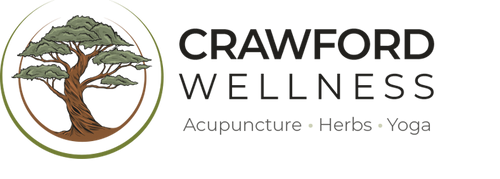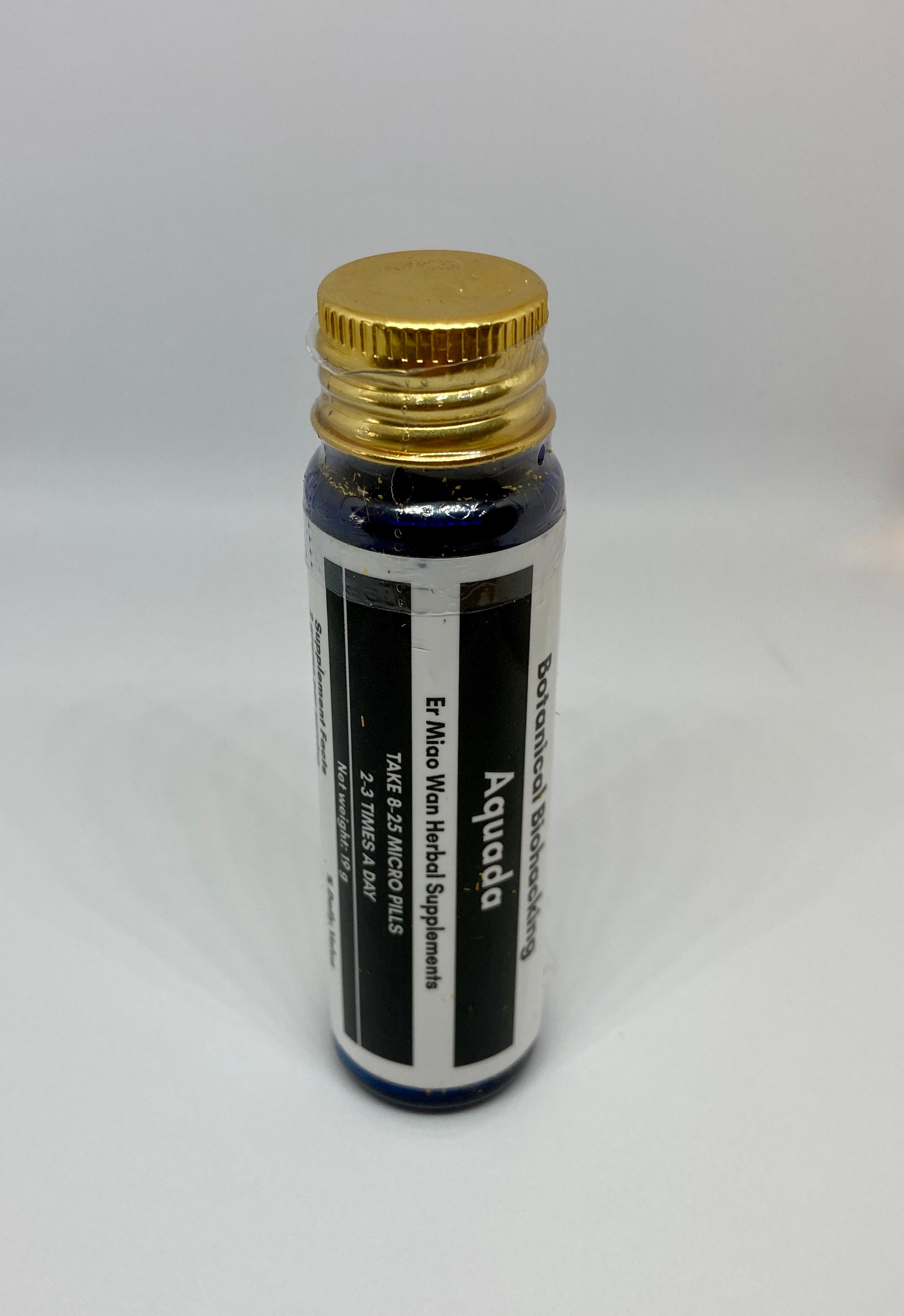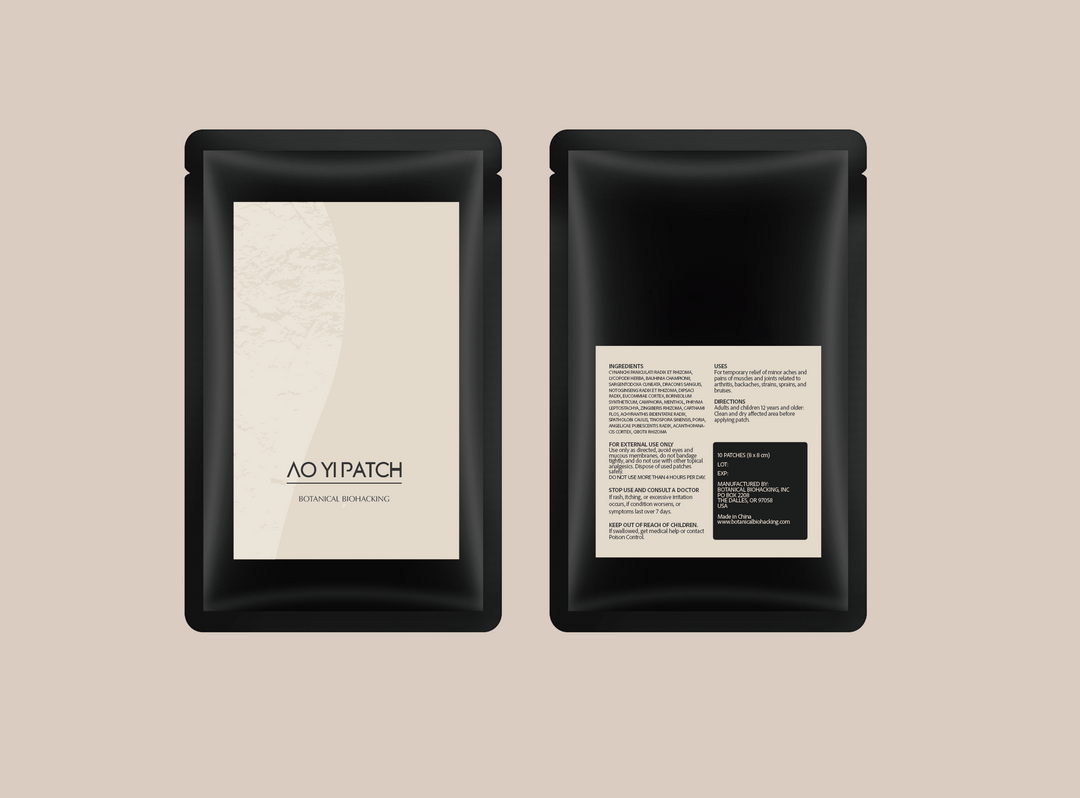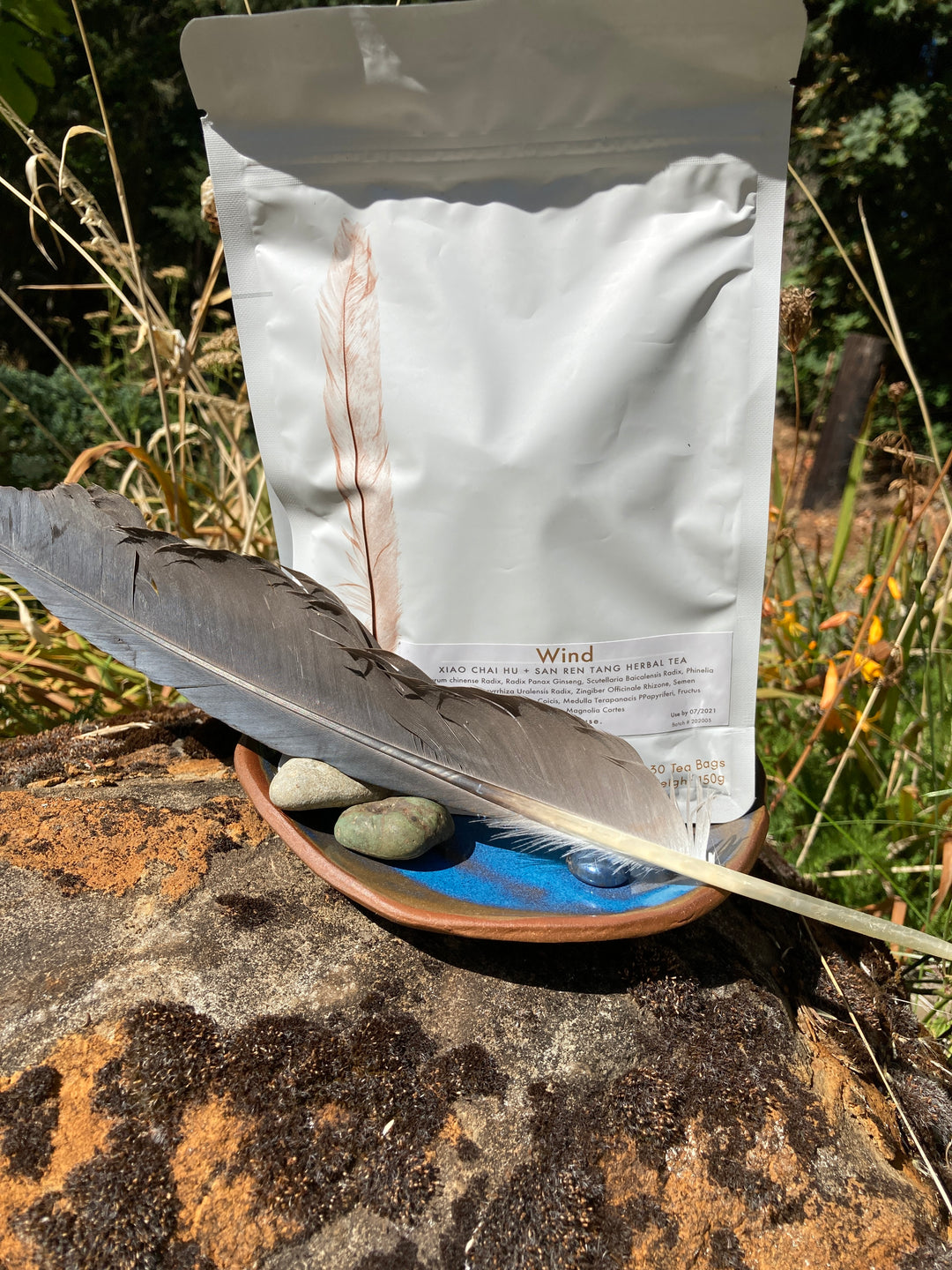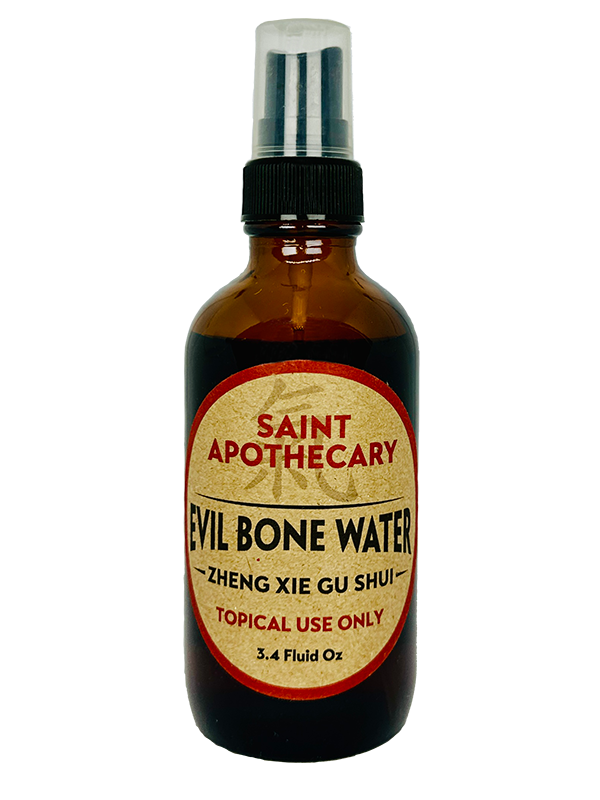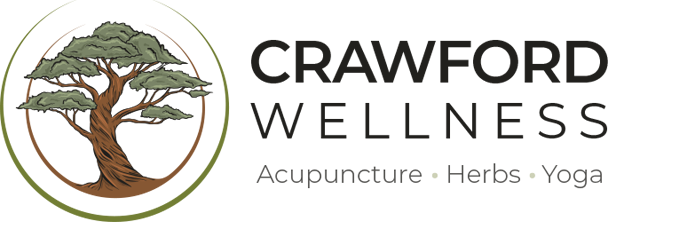Fibromyalgia Stage 3: Burning and Electrical Pain
Introduction to Stage 3
Navigating the journey of chronic conditions requires a methodical, step-by-step approach. With each step building on the foundation from the one before. As we transition to Stage 3, the focus sharpens on the intricate relationship between the physical and the emotional realm. Recognizing the significant interplay between fibromyalgia's physical symptoms, notably the burning, electrical pain, and its psychological underpinnings, this stage delves deeper. It seeks to address the underlying trauma and initiate the healing of the autonomic nervous system, all while building upon the groundwork laid in the preceding stages.
Drawing insights from both contemporary and traditional medicine, Stage 3 encapsulates a multifaceted approach, offering strategies from botanical interventions to breath work.
https://www.youtube.com/watch?v=LL3lTy4Wn98How can I free myself from fibromyalgia?
Fibromyalgia Stage 1: Freedom from Wandering Pain
Fibromyalgia Stage 2: Resolving Heavy, Achy Pain
Fibromyalgia Stage 3: Burning and Electrical Pain
The Role of Cortisol
What is it?
Cortisol is a steroid hormone produced by the adrenal glands, located atop the kidneys. Its synthesis and release into the bloodstream follows a diurnal rhythm, often peaking in the early morning and declining as the day progresses. This rhythm is pivotal for various physiological processes, such as energy regulation, immune function, and our overall daily activity levels. However, when the delicate balance of cortisol production is disturbed, it can have detrimental health implications.
The body's natural rhythms and hormone regulation systems can be undermined by factors such as chronic stress, poor diet, and inadequate sleep. Dysregulation of cortisol is implicated in a plethora of health conditions ranging from chronic fatigue to more complex autoimmune disorders. Persistently elevated or depleted cortisol levels can exacerbate inflammation, hinder immune function, and disturb the balance of other essential hormones.
Historical Overuse
Reflecting upon the 20th century, antibiotics and steroids emerged as medical marvels. Yet, their overuse led to various complications, prompting the rise of alternative medicine theories like candida overgrowth and adrenal fatigue as predominant disease culprits. While there is merit to these theories, they aren't universally applicable to all chronic ailments. Drawing a parallel, recommendations in natural medicine, such as specific dietary restrictions for candida or using adrenal tonics like high-dose ginseng or Maca, might not always offer the expected therapeutic benefits, and in some cases, might even be detrimental.
The synthetic steroid, cortisone, garnered immense recognition in the 1950s for its efficacy in treating conditions like rheumatoid arthritis. Its success stories paved the way for its application in an array of health issues, from autoimmune diseases to allergies. Yet, the subsequent discovery of its severe side effects following chronic exposure necessitated a re-evaluation of its indiscriminate use. Chronic stress, often labeled as a modern epidemic, can push our bodies into overproduction of steroid hormones, mimicking symptoms seen with excessive steroid exposure.
To illustrate, consider the following symptoms: anxiety, depression, palpitations, fluctuating blood pressure, irregular appetite, increased susceptibility to infections, muscle weakness, persistent fatigue, nausea, sleep disturbances, menstrual irregularities, edema, and exacerbation of gastrointestinal issues. These symptoms could be attributed to chronic steroid use or a condition like fibromyalgia. This overlap underscores the complexity of hormonal dysregulation and its far-reaching implications on health.
In integrating the realms of conventional and natural medicine, it becomes crucial to approach hormonal balance with a nuanced understanding, recognizing the significance of cortisol's role in chronic conditions while also being discerning in treatment modalities.
The Role of Trauma
Now and Then
Trauma, both physiological and psychological, is a multifaceted element that plays a vital role in the onset and exacerbation of numerous health conditions, with fibromyalgia standing out notably. The intricate relationship between traumatic experiences and fibromyalgia has been a subject of significant medical intrigue, leading to a deeper understanding of its implications.
In fact, a 2012 study available on [NCBI] emphatically underlines this connection, highlighting that individuals diagnosed with fibromyalgia were markedly more prone to having encountered verbal, physical, or sexual abuse during their formative years compared to the general populace.
Beyond direct experiences, we must consider the profound and often overlooked concept of intergenerational trauma. While it might seem esoteric to some, it's a phenomenon deeply rooted in scientific validation. According to a study published on [SciTechDaily], the aftereffects of trauma can reverberate across generations, manifesting in descendants who might not have directly experienced trauma themselves. In such cases, fibromyalgia's onset could be attributed to the harrowing experiences endured by predecessors, such as parents or grandparents.
HPA to Cortisol
A common physiological consequence of trauma is the dysregulation of the hypothalamic-pituitary-adrenal (HPA) axis, causing the body to perpetually produce excessive cortisol. This persistent heightened state—akin to being in ceaseless "fight or flight" mode—drives the body to function in a perpetual survival mechanism. Such constant activation can lead to a spectrum of health issues, with fibromyalgia being a prominent manifestation.
From my perspective as an acupuncturist, it's essential to counsel patients with fibromyalgia and similar conditions about managing their well-being, especially during phases of recovery. The lure of 'catching up' on lost time, while understandable, can quickly lead to relapses. Overexerting oneself during the 'good days' can inadvertently trigger a return of symptoms. My emphasis, therefore, is on the imperative of quality rest. Realigning and recalibrating the body's rhythms, particularly cortisol production, and prioritizing recuperative downtime is paramount. After all, wellness is not just about the absence of pain; it's about holistic healing and rejuvenation.
Now and Then
Trauma, both physiological and psychological, is a multifaceted element that plays a vital role in the onset and exacerbation of numerous health conditions, with fibromyalgia standing out notably. The intricate relationship between traumatic experiences and fibromyalgia has been a subject of significant medical intrigue, leading to a deeper understanding of its implications.
In fact, a 2012 study available on [NCBI] emphatically underlines this connection, highlighting that individuals diagnosed with fibromyalgia were markedly more prone to having encountered verbal, physical, or sexual abuse during their formative years compared to the general populace.
Beyond direct experiences, we must consider the profound and often overlooked concept of intergenerational trauma. While it might seem esoteric to some, it's a phenomenon deeply rooted in scientific validation. According to a study published on [SciTechDaily], the aftereffects of trauma can reverberate across generations, manifesting in descendants who might not have directly experienced trauma themselves. In such cases, fibromyalgia's onset could be attributed to the harrowing experiences endured by predecessors, such as parents or grandparents.
HPA to Cortisol
A common physiological consequence of trauma is the dysregulation of the hypothalamic-pituitary-adrenal (HPA) axis, causing the body to perpetually produce excessive cortisol. This persistent heightened state—akin to being in ceaseless "fight or flight" mode—drives the body to function in a perpetual survival mechanism. Such constant activation can lead to a spectrum of health issues, with fibromyalgia being a prominent manifestation.
From my perspective as an acupuncturist, it's essential to counsel patients with fibromyalgia and similar conditions about managing their well-being, especially during phases of recovery. The lure of 'catching up' on lost time, while understandable, can quickly lead to relapses. Overexerting oneself during the 'good days' can inadvertently trigger a return of symptoms. My emphasis, therefore, is on the imperative of quality rest. Realigning and recalibrating the body's rhythms, particularly cortisol production, and prioritizing recuperative downtime is paramount. After all, wellness is not just about the absence of pain; it's about holistic healing and rejuvenation.
The Role of Dysautonomia
Balancing the Two
Dysautonomia, at its core, refers to the malfunctioning of the autonomic nervous system which governs involuntary bodily functions like heart rate, blood pressure, and digestion. Understanding dysautonomia requires delving into the two contrasting branches of the autonomic nervous system: the Sympathetic and Parasympathetic systems.
The Sympathetic system, often symbolized by Yang, is the body's response mechanism to stressful stimuli, propelling us into an active, alert state known as the "fight or flight" mode. When this system is activated, our body prioritizes survival by directing blood flow towards essential organs and muscles, preparing us for immediate action.
The Parasympathetic system, represented by Yin, induces a state of calmness and restoration, aptly termed the "rest and digest" mode. It facilitates recovery, healing, and energy conservation. During this phase, the body slows down, focusing on internal processes that rejuvenate and restore equilibrium.
In an ideal scenario, the body seamlessly transitions between these two modes, maintaining a harmonious balance. However, dysautonomia disrupts this balance, with one system often overshadowing the other, leading to an array of health issues.
Dysautonomia to Cortisol
With modern life's challenges, the 'Yang' or Sympathetic dominance often prevails, causing prolonged periods of stress marked by increased cortisol production. Societal pressures advocating perpetual productivity and the diminishing emphasis on community and relaxation further accentuate this imbalance.
While it's a common misconception that one can simply "switch off" the Sympathetic and "switch on" the Parasympathetic, the reality is more nuanced. Transitioning from one mode to another is akin to a pendulum's swing. Sometimes, we might need to experience heightened Sympathetic activity – like the catharsis after a good cry – before easing into the restorative embrace of the Parasympathetic state.
Once we achieve this balance, the emphasis should be on maintaining it. Incorporating practices like acupuncture, meditation, and deep breathing can aid this process, providing the body with the tools it needs to retain its equilibrium amidst life's chaos.
Treatment Tools
Xiao Yao Wan
Derived from a formula crafted during the Song Dynasty, Xiao Yao San, or "The Free and Easy Wanderer," is an emblem of Taoist principles promoting serenity, groundedness, and the capacity to gracefully navigate life's vicissitudes. This ancient remedy, with its origins nearly a millennium ago, offers a blend of ingredients designed to bring equilibrium to the Yin and Yang facets of our autonomic nervous system.
At the epicenter of this formula lies a trio of fundamental components: Poria cocos, Ginger, and Atractylodes. These constituents, though pivotal in previous stages of treatment, play a more subdued role in the Xiao Yao San stage, emphasizing the need for harmony within the gut-brain nexus, a central factor in the overall health of the autonomic nervous system. Intriguingly, contemporary research indicates that Xiao Yao San is adept at mitigating anxiety and depression symptoms by fostering a balanced gut microflora.
Modern scientific inquiries into Xiao Yao San have illuminated its multifaceted therapeutic attributes. It's shown promise in ameliorating blood-brain barrier injuries induced by chronic stress and has exhibited a potent neuroprotective and antidepressant influence. Furthermore, systematic reviews suggest that it might even outperform SSRI medications in alleviating depressive symptoms, as gauged by the Hamilton rating system.
Peony, an ingredient more renowned in the West for its floral beauty than its medicinal properties, stands out as a star player in this formula. In the realm of Traditional Chinese Medicine (TCM), this bloom is lauded for its ability to relax smooth muscles and impart tranquility to the nervous and cardiovascular systems. Notably, high-quality Peony boasts two vital compounds: Albiflorin, which offers neuroprotection, and Paeoniflorin, beneficial for cardiovascular health. Moreover, Paeoniflorin has demonstrated superior efficacy compared to certain NSAIDs, like ibuprofen, in attenuating menstrual cramp pain.
Another core component, Bupleurum, previously spotlighted in stage one, reemerges here to counter hepatic inflammation and the adverse impacts of stress hormones. Its drying properties are harmoniously offset by Peony and Tang Kuai, the latter serving as a soothing salve for the nervous system. Tang Kuai, which we'll delve deeper into in stage four, functions as a therapeutic agent, especially for those grappling with the aftermath of chronic stress and trauma. It's not only effective but also presents a safer alternative to certain adrenal tonics that might inadvertently exacerbate chronic inflammation.
Tibetan Foot Soaks
In the intricate dance of healing from chronic conditions, especially in the third stage of the protocol, a practice often overlooked but deeply therapeutic is the Tibetan foot soak. A ritual reintroduced after its initial recommendation in stage one, it's more than just a mere relaxation technique; the herbs employed in these foot soaks harbor profound healing properties.
A standout ingredient is the Tibetan Rhodiola, a potent adrenal adaptogen. While it's gained limited recognition in the Western realm, this herb has showcased its prowess in diminishing stress-induced fatigue and exhaustion. Studies corroborate its efficacy, with randomized controlled trials illustrating its ability to counteract burnout symptoms. Historically, Tibetan Rhodiola has been a cherished remedy in frigid terrains like Russia and Tibet, where locals have leaned on its invigorating effects to combat fatigue. Even in Western countries like Sweden, it's been in use since the 1700s. However, its oral intake can sometimes pose dosing challenges, with some individuals experiencing disrupted sleep or heightened fatigue. The foot soak offers an elegant solution. When absorbed transdermally, the herb's therapeutic compounds permeate the skin, entering the bloodstream and manifesting their healing effects without the pitfalls of oral consumption.
Not to be overshadowed, Acorus plays a pivotal role as a neurogenic agent. Elevated cortisol levels, often seen in chronic stress, can wreak havoc on our peripheral nerves. Acorus serves a dual purpose: it not only alleviates the anxiety accompanying such nerve damage but also facilitates the repair and regeneration of nerve tissues. Envision it as a rejuvenating elixir for the brain.
In this third stage, there's also the inclusion of a topical treatment tailored to mitigate the sensations of burning and electrical pain that many with chronic conditions experience. Enter Corydalis. A botanical kin to the poppy, Corydalis imparts its pain-relieving effects via our body's innate opioid pathways. Yet, it boasts advantages over typical opioid drugs. It's non-addictive, avoids the gastrointestinal side effects associated with its oral counterparts, and doesn't trigger positive drug test results. Being a stabilizer for mast cells, it's a beacon of hope for those grappling with the deeper, intrinsic causes of pain inherent to conditions like fibromyalgia.
Armed with this soothing tea, restorative foot soak, and topical balm, patients can find solace and healing, readying them for the subsequent breathing exercises tailored for this stage.
Breathing
The intricate dance of managing chronic conditions requires a holistic approach, which entails not only physical but also mental and emotional interventions. One of the cornerstones of this healing journey is cultivating a mindset of gratitude. If you've been following the stage Zero protocol, you would recall the practice of gratitude journaling. It's an opportunity to reflect, acknowledge, and appreciate the transformational shifts in your life. With every stage of the fibromyalgia protocol, it's worthwhile to revisit these journal entries to recognize the evolution of your health journey.
As we advance, there emerges a potent exercise— the "huff and puff." Its core lies in fostering mental clarity and tranquility, often catalyzing deep emotional releases. This practice, however, comes with a word of caution. It's paramount to observe safety protocols and heed the physical and emotional signals the body communicates. The effectiveness of this exercise is amplified when coupled with daily journaling over a span of 30 days.
The power of the "huff and puff" is rooted in a precise sequence of controlled breathing. Initiated by lying comfortably on your back, the process begins with a focused deep abdominal inhalation, succeeded by a rapid inhalation into the upper chest. This is followed by a vigorous, intentional exhale. The rhythmic cycle— In, In, Out— continues, forging a bridge between the conscious and subconscious.
This breathing sequence may induce sensations like lightheadedness or tingling in extremities. It's crucial to be aware of these responses and understand they're a part of the process. The profound emotional release, often manifested through tears, laughter, or even vivid memories, is emblematic of the deep-seated emotional baggage being shed.
Pain and discomfort, both physical and emotional, are profound teachers. They might be tough taskmasters, but they invariably guide us towards introspection and necessary life shifts. Whether it's a radical career change, exiting toxic environments, or embracing therapeutic practices, it's these transformative decisions that often become pivotal in our healing journeys.
While the "huff and puff" is immensely therapeutic, it also demands respect, consistency, and courage. It's not just an exercise but an invitation to a deeper understanding of oneself, a bridge to inner peace, and a tool to confront and release pent-up emotions. As you progress in your journey, always remember the importance of journaling, the potency of gratitude, and the transformative power of breathing. Embrace this holistic approach, and await the rejuvenation promised in stage four.
Step-by-Step Guide to the "Huff and Puff"
1. Choose a Safe Space
Select a comfortable and safe environment, such as your bedroom, a parked car, or a friend's living room floor.
2. Position Yourself
Lay on your back on a comfy surface. If that's uncomfortable, opt for a recliner
3. Locate the Reference Point
Using a ballpoint pen's tail end or a pencil's eraser end, gently press halfway between your navel and pubic bone. This isn't for acupressure but for feedback during your deep abdominal breathing.
4. Deep Abdominal Breath
Breathe deeply into your abdomen, either through your nose or mouth. Your goal is to push the pen upwards using your breath. If it takes time to master this, especially after abdominal surgeries like c-sections, be patient and keep practicing.
5. Upper Chest Inhale
After mastering the abdominal breath, take a quick full inhale into the ribs and upper chest.
6. Forceful Exhale
Release all the air in a forceful exhale through your mouth.
7. Combine the Steps
Now, practice the sequence: Abdominal inhale, upper chest inhale, forceful exhale.
Follow this pattern: In, In, Out. Repeat.
8. Monitor Your Feelings
You might become lightheaded, which is a reason not to do this while driving. If you fall asleep during the exercise, that's fine. When you wake up, decide if you want to continue or try again another day.
9. Duration
Aim to practice this breathing sequence for 15 minutes. With consistent daily practice, time will seem to pass quicker.
Possible Reactions and Solutions
-Tingling Sensation: You may experience tingling in various parts of your body. This is normal and temporary.
- Nausea: If you feel nauseous, especially on a full stomach, pause and try again later when your stomach is empty.
- Lobster Hands": If your hands, feet, face, or abdomen cramp or become stiff, this is due to increased oxygen and decreased CO2, making the blood more alkaline. Stop the exercise, and breathe slowly in through your nose for a count of six and out through your mouth for a count of six. Repeat until the tetany subsides and try again the next day.
- Emotional Release This exercise can evoke strong emotions like crying, laughter, or recalling traumatic memories. If this happens, express those emotions and let them go. Return to the exercise the next day.
Recommendations
For best results, practice the "huff and puff" daily for 30 days. Journal your experiences afterward. Keep this exercise as a go-to method for future needs. Remember to be in a safe space when practicing, as emotional release can be intense.
Topical Corydalis
As an acupuncturist, I've frequently observed the profound impacts of ancient remedies in modern medical scenarios, and one such remedy gaining prominence in the realm of pain management is Corydalis. Derived from the poppy family, Corydalis has been long hailed in traditional medicine for its potent pain-relieving properties. What sets this herb apart, especially in the current climate of opioid crisis, is its non-habit-forming nature. Unlike typical opioids, Corydalis offers a significant reduction in pain without ushering in a host of undesirable side effects. Furthermore, its unique biochemical composition helps stabilize mast cells, a pivotal cellular component involved in various inflammatory and allergic responses. By targeting these cells, Corydalis addresses the root causes of conditions like fibromyalgia, presenting not just symptomatic relief but a potential therapeutic intervention. When incorporated into topical liniments, the direct application further maximizes the herb's efficacy, offering targeted relief in chronic conditions. The integration of such time-tested botanical wisdom into contemporary treatments underscores the vast potential of merging traditional and modern therapeutic paradigms.
Navigating Chronic Conditions
Embarking on the exploration of fibromyalgia's Stage 3 has illuminated the profound interplay between the searing sensations of burning and electrical pain, the physiological responses mediated by cortisol, the shadows cast by unresolved trauma, and the overarching dynamics of Dysautonomia. These connections, complex and deeply personal, reveal the multifaceted nature of chronic pain and the essential role of a holistic approach in its management.
Traditional methods, which have stood the test of time, offer not just symptomatic relief but delve deeper into the root causes. Xiao yao wan, for instance, plays a pivotal role in moderating the body's stress reactions, emphasizing its significance in balancing cortisol levels. Foot soaks, a therapeutic mainstay, have emerged as powerful modalities to recalibrate the body's energy channels and pacify a disrupted autonomic nervous system. Breathwork's potential in guiding emotional releases, particularly in navigating the treacherous waters of trauma, is unparalleled. And, of course, the topical liniments, especially those with the potency of Corydalis, afford immediate relief while working in concert with other modalities to ensure an all-encompassing healing experience.
For those inspired to incorporate these traditional methods into their healing journey, Crawford Wellness provides a comprehensive range of products tailored for these specific needs. From Xiao yao wan formulations to soothing foot soaks, guided breathwork resources, and potent topical liniments, Crawford Wellness emerges as a trusted repository for holistic wellness.
As we conclude our exploration of Stage 3, it is essential to recognize the individuality of each journey. While the roadmap provides direction, the journey's pace, challenges, and rewards are unique to each individual. And, as always, personalized medical consultation remains paramount.
About the Author

For more insights, collaborations, or to reach out to Brehan, you can connect with him through his online platforms:
[YouTube]
[Facebook]
[TikTok]
[LinkedIn]
Brehan Crawford, based in McMinnville, Oregon, is a distinguished clinician specializing in the treatment of chronic conditions, particularly Lyme Disease and its coinfections. After earning his Master’s degree in Acupuncture and Oriental Medicine from the Oregon College of Oriental Medicine in 2009, he deepened his expertise with a 5-year residency under the mentorship of the renowned Dr. Heiner Fruehauf at the Hai Shan Clinic. A Diplomate of Oriental Medicine from the NCCAOM, Brehan has pioneered innovative methods using Traditional Chinese Medicine for chronic infections. Known for mentoring other professionals, he regularly imparts knowledge on advanced Chinese herbal medicine applications. Beyond his clinical pursuits, Brehan enjoys singing, cooking, and hiking.
Crawford Wellness Herbal Marketplace

Buy Stage 3 Protocol Package

